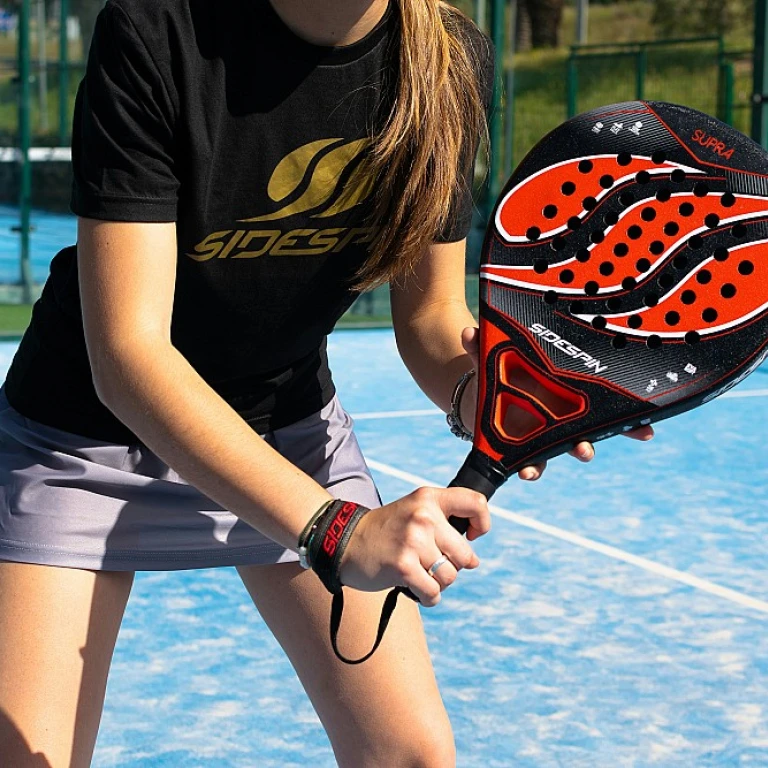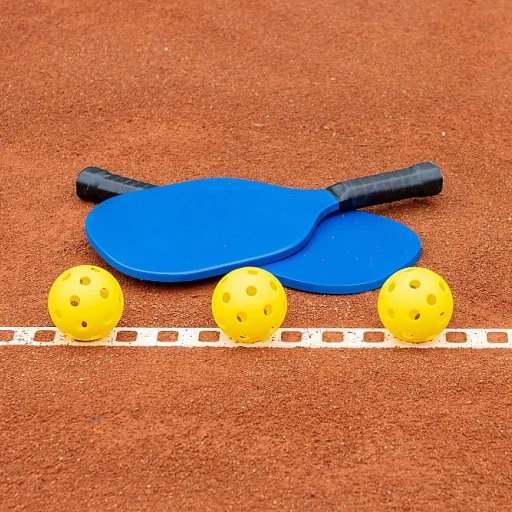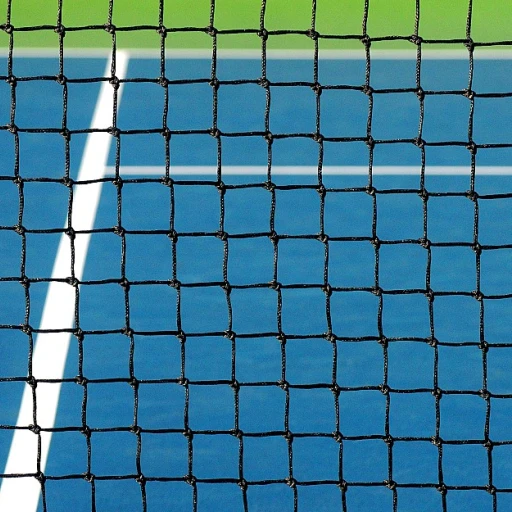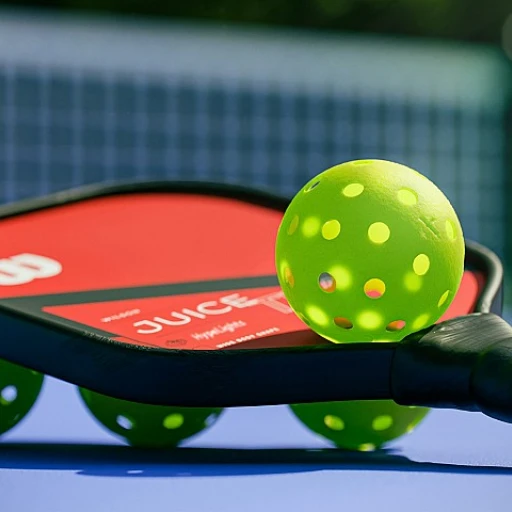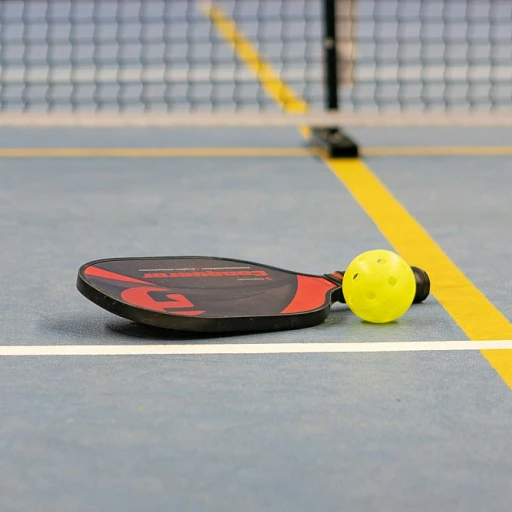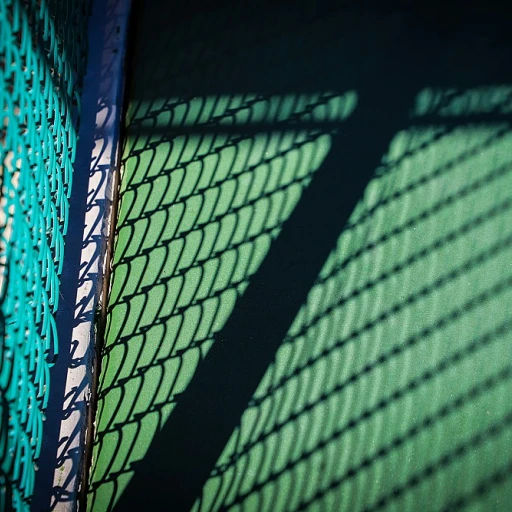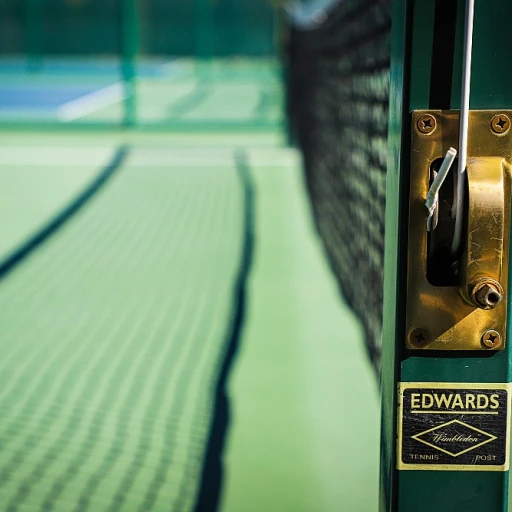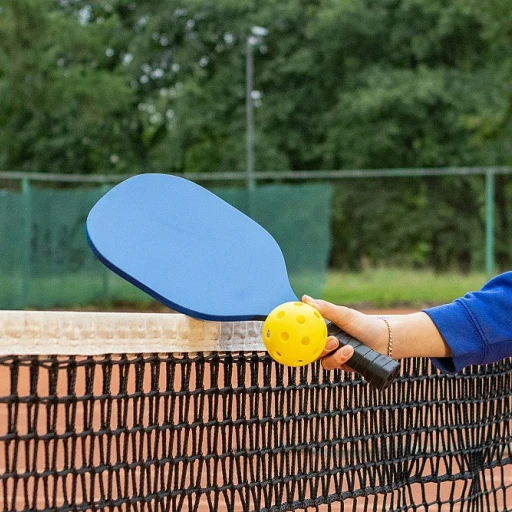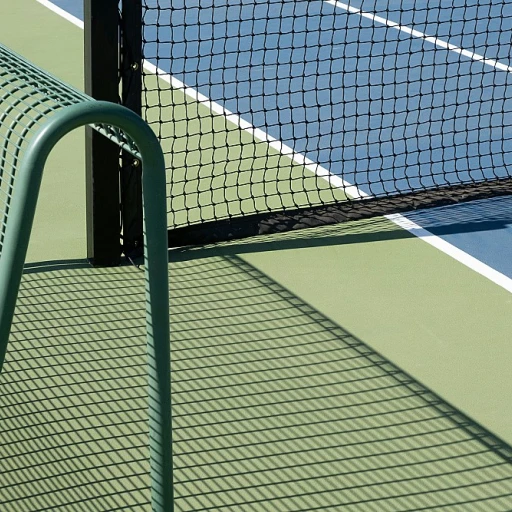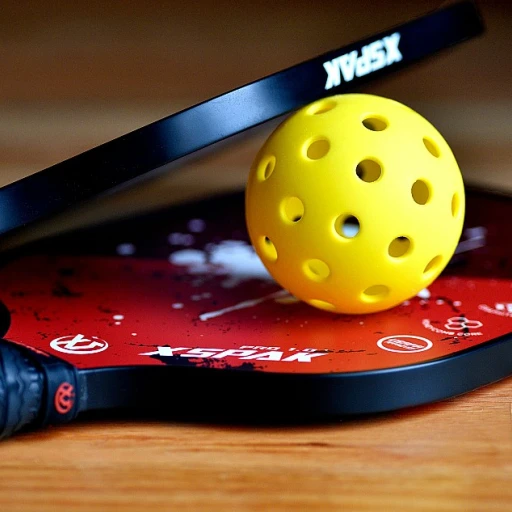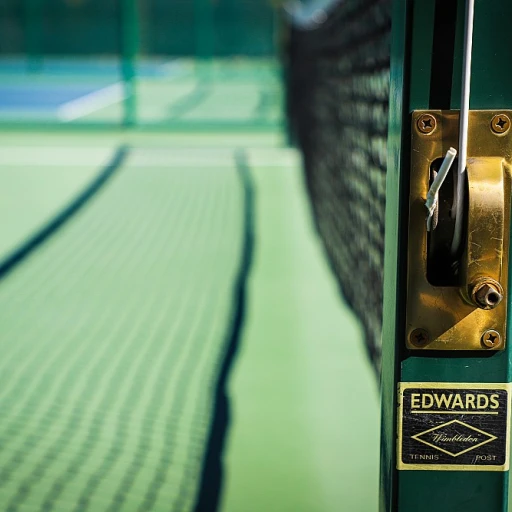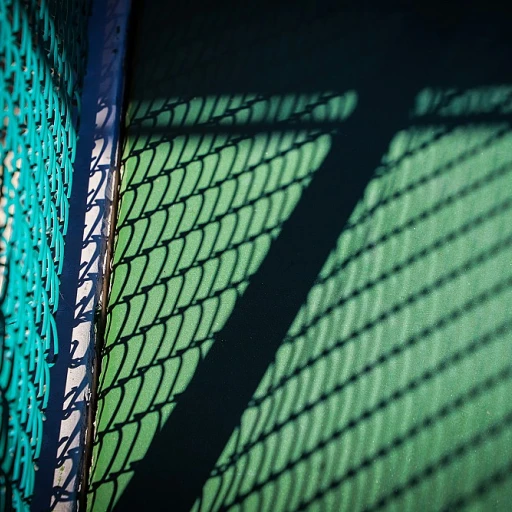
Understanding the Picklebarn Phenomenon
Diving into the Rise of Picklebarns
The growing interest in pickleball has given rise to a unique concept known as the picklebarn. This trend has emerged as a response to the increasing demand for dedicated pickleball courts, providing players with a facility where they can engage in both open play and structured activities like clinics and leagues. As pickleball continues to capture the attention of both beginner and intermediate players, the picklebarn offers an ideal space for all skill levels to play and improve.
While exploring how the picklebarn has revolutionized the sport, it's essential to consider several factors contributing to its success. The climate controlled environment of indoor picklebarns ensures that enthusiasts can play comfortably year-round, regardless of weather conditions. Moreover, facilities often boast advanced technology, such as court reserve systems, allowing players to easily book court time and join group sessions.
Mankato, Minnesota, stands out as a location where the picklebarn concept has taken root. Builders of these facilities have crafted spaces that cater not only to the needs of pickleball players but also to the larger community, hosting events and offering lessons clinics to foster greater sports engagement. As we delve deeper into the architectural design and community impact, it becomes clear that the picklebarn is more than just a place for play; it is a hub for pickleball culture and growth.
For those interested in the challenges and insights surrounding the rise of picklebarns, further exploration reveals intriguing aspects of this sporting phenomenon. Understanding its impact will shed light on how these facilities serve as exciting nexuses for pickleball enthusiasts and community members alike, offering a comprehensive experience that goes beyond traditional sports centers.
If you want to learn more about the insights of the intriguing world of pickleball, you can explore the intriguing world of pickleball challenges and insights here.
The Architectural Design of a Picklebarn
Architectural Elements that Redefine Pickleball Experience
The architectural design of a picklebarn is pivotal to its effectiveness and enjoyment by players of all levels, whether they are taking beginner intermediate lessons or participating in clinics leagues. A thoughtfully designed facility melds functionality with aesthetics to create an inviting environment that caters to both open play and structured events like indoor pickleball tournaments. To provide an optimal playing environment, picklebarns often feature climate-controlled settings. This ensures comfort and consistent conditions regardless of the weather outside. Such facilities may include multiple pickleball courts, all accessible via a convenient court reserve system. This setup ensures that both novice and experienced players will find a suitable time and space to enjoy the game. A picklebarn typically incorporates a range of specific elements to support the sport:- Dedicated pickleball courts: Purposefully constructed to accommodate the unique requirements of pickleball play, enhancing player safety and enjoyment.
- Advanced surface materials: Designed for optimal bounce and traction, contributing to the overall enhanced play experience.
- Adaptable layouts: Some barns can be converted to host various forms of gatherings beyond sports, accommodating pickleball clinics and community events alike.
Community Impact and Engagement
Engaging Local Communities
Public picklebarns have become a focal point for communities by offering a space for players at any skill level, from beginner to advanced. With dedicated pickleball courts and varied programming, local residents have ample opportunity to immerse themselves in the sport. Many picklebarns provide options for open play, allowing individuals to reserve courts and enjoy a casual game without the need for prior arrangements. Additionally, clinics and leagues cater to different levels, ensuring a fun and educational experience for everyone. Indoor pickleball facilities, often climate-controlled, offer year-round play, making them particularly appealing in regions with extreme seasonal weather. Builders of picklebarns prioritize community engagement through strategic location choices, enhancing accessibility for residents in urban, suburban, and even rural areas. Facilities like those found in Mankato, Minnesota offer lessons and clinics that accommodate all ages and skill levels, contributing to the sport's growing appeal. This inclusivity fosters a sense of community and encourages more people to get involved.Picklebarn as a Hub for Socialization
Aside from providing a location for athletic activities, picklebarns serve as social hubs. They offer spaces where players, whether part of competitive leagues or just casual enthusiasts, can gather, socialize, and build relationships through their shared passion for pickleball. By promoting a welcoming atmosphere, picklebarns significantly contribute to building social connections and encouraging active, healthy lifestyles. In essence, the picklebarn is not just a sports facility; it's a community center where people come together. Such venues advance the recognition of pickleball as a socially engaging sport. By reading more about the impact on local communities in the exploring the dynamics of Raptor X Omega pickleball, you'll gain deeper insights into how these facilities transform the landscape of community sports engagement.Challenges in Building and Maintaining Picklebarns
Overcoming Construction and Maintenance Hurdles
Building and maintaining a picklebarn comes with its own set of challenges, especially when these facilities aim to offer state-of-the-art pickleball experiences. One of the primary concerns is ensuring that the construction meets the demands of both beginners and advanced players. Builders must carefully design courts that can accommodate diverse levels of play, from beginner and intermediate clinics to dedicated pickleball events. Creating a climate-controlled environment within an indoor pickleball court is crucial for ensuring comfort throughout the year. This aspect of construction requires careful planning and budget allocation, as maintaining optimal temperature and humidity levels in a picklebarn facility is both vital and cost-intensive. Aside from the architectural and environmental considerations, the location of a picklebarn can present obstacles. For instance, in regions like Mankato, Minnesota, ensuring accessibility while minimizing environmental impact is a priority. The site selection will affect accessibility, local engagement, and the broader appeal of the venue, necessitating strategic planning. Moreover, management must navigate the intricacies of facility usage, including developing a robust system for court reservations. Utilizing platforms like Court Reserve can streamline the process, granting both open play and reserved sessions seamlessly. This fosters a better user experience for those wishing to play, enhancing the community's ability to access pickleball courts when desired. Lastly, securing funding for regular maintenance and advanced features, like installing digital scoreboards or offering lessons and clinics, is a constant hurdle. Ensuring sustained investment in the picklebarn will help maintain its position as a go-to location for pickleball enthusiasts, encouraging ongoing participation and loyalty within the community.Innovative Features and Technology
Technological Advancements in Picklebarns
As the popularity of pickleball continues to rise, picklebarns are increasingly incorporating advanced technologies to enhance the playing experience. These facilities are not just about providing a space to play; they are about creating an environment that caters to both beginners and advanced players.
- Climate-Controlled Environments: One of the standout features of modern picklebarns is their climate-controlled settings. This ensures that players can enjoy the sport year-round, regardless of the weather outside. Whether you're in Mankato or elsewhere, the ability to play in a comfortable temperature is a major draw.
- Interactive Court Reservations: The use of digital platforms for court reservations has become a norm. With systems like Court Reserve, players can easily book their preferred time slots, ensuring a seamless experience. This technology also helps in managing open play sessions and organizing clinics and leagues.
- Innovative Court Designs: Builders are now focusing on creating courts that cater to different skill levels. From beginner to intermediate, each pickleball court is designed to offer the best playing experience. This includes dedicated pickleball courts that are optimized for both indoor and outdoor play.
- Advanced Lighting Systems: To ensure optimal visibility, especially during evening sessions, picklebarns are equipped with state-of-the-art lighting systems. This not only enhances the playing experience but also ensures safety.
These innovations are a testament to how picklebarns are evolving to meet the needs of the growing pickleball community. As these facilities continue to develop, they will likely incorporate even more advanced features, solidifying their status as top-tier sports facilities.

